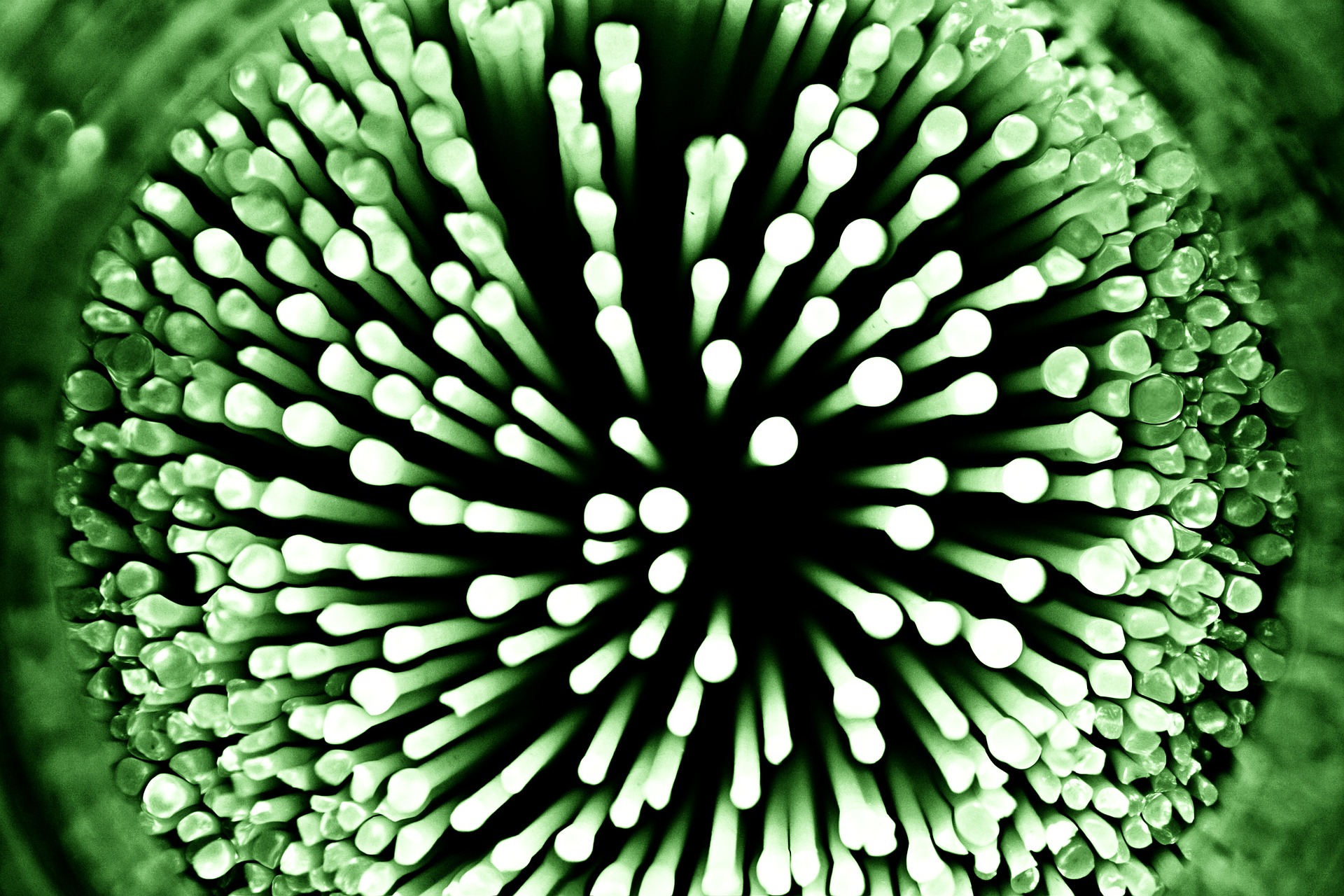
Four scientists from the University of Helsinki in Finland appear to have found a cure for the dreaded MRSA hospital bacterium. The four have discovered a new class of antimicrobial compounds. These can kill the biofilm that protects dangerous bacteria in almost 99.9 percent of cases. MRSA has so far been insensitive to antibiotic treatments.
Staphylococcus aureus is a bacterium that is prevalent in many people, especially on the skin and in the nose. The bacterium does not normally cause disease. But infections can occur when skin or mucous membranes are damaged. A particularly special Staphylococcus aureus is the hospital bacteria MRSA as it is resistant to antibiotics.
Antibiotic resistance is one of the most serious problems of the 21st century. Around 700,000 patients die each year worldwide because of drug-resistant bacteria. According to the WHO, this figure could even reach around 10 million a year by 2050. Even innocuous routine surgery, injuries, and infectious diseases could prove fatal by then. Common bacterial infectious diseases such as pneumonia or gonorrhea are already treated in many countries using a combination therapy owing to antibiotic resistance. But with their increasing usage, bacteria are also becoming more resistant to these treatment methods.
Doses a thousand times higher
Their most effective form of defense to date is the biofilm. This is a complex community of bacteria. Biofilm communities require up to a thousand times higher doses of conventional antibiotics than individual bacterial cells. The treatment time must also be longer. About 80 percent of hospital-acquired infections are biofilm-related. A lot of these are caused by the bacterium Staphylococcus aureus. The four Ph.D. students discovered a new class of antimicrobial compounds that can disrupt the biofilm formation of this bacterium. These compounds are also capable of killing nearly 99.9 percent of bacterial biofilm cells.
Coffee break
Microbiologist Paola San Martin Galindo, computational chemist Ashenafi Legehar, medicinal chemist Ghada Hassan, and medicinal chemist Riccardo Provenzani discuss their research projects with each other during coffee breaks. In fact, the University of Helsinki encourages collaboration between different research groups for multidisciplinary studies. This is how the idea arose to start a new project. In it, they developed two sets of new compounds with high antimicrobial and anti-biofilm activity that are effective against the much dreaded bacteria.
One and a half million
“By using a computational method, we also compared our compounds with about 1.5 million compounds from public databases. The results showed that our anti-biofilm compounds are unique and no other compound with a closely related structure showed a comparable activity against this bacterium,” Ashenafi Legehar explains.
These findings open the door to the development of a new class of anti-biofilm remedies. “This study is promising as a preliminary stage in drug discovery. We hope this inspires additional discoveries to counteract antimicrobial resistance and superbugs,” Riccardo Provenzani adds.
Also interesting: Is a medieval remedy better than antibiotics against bacteria?






